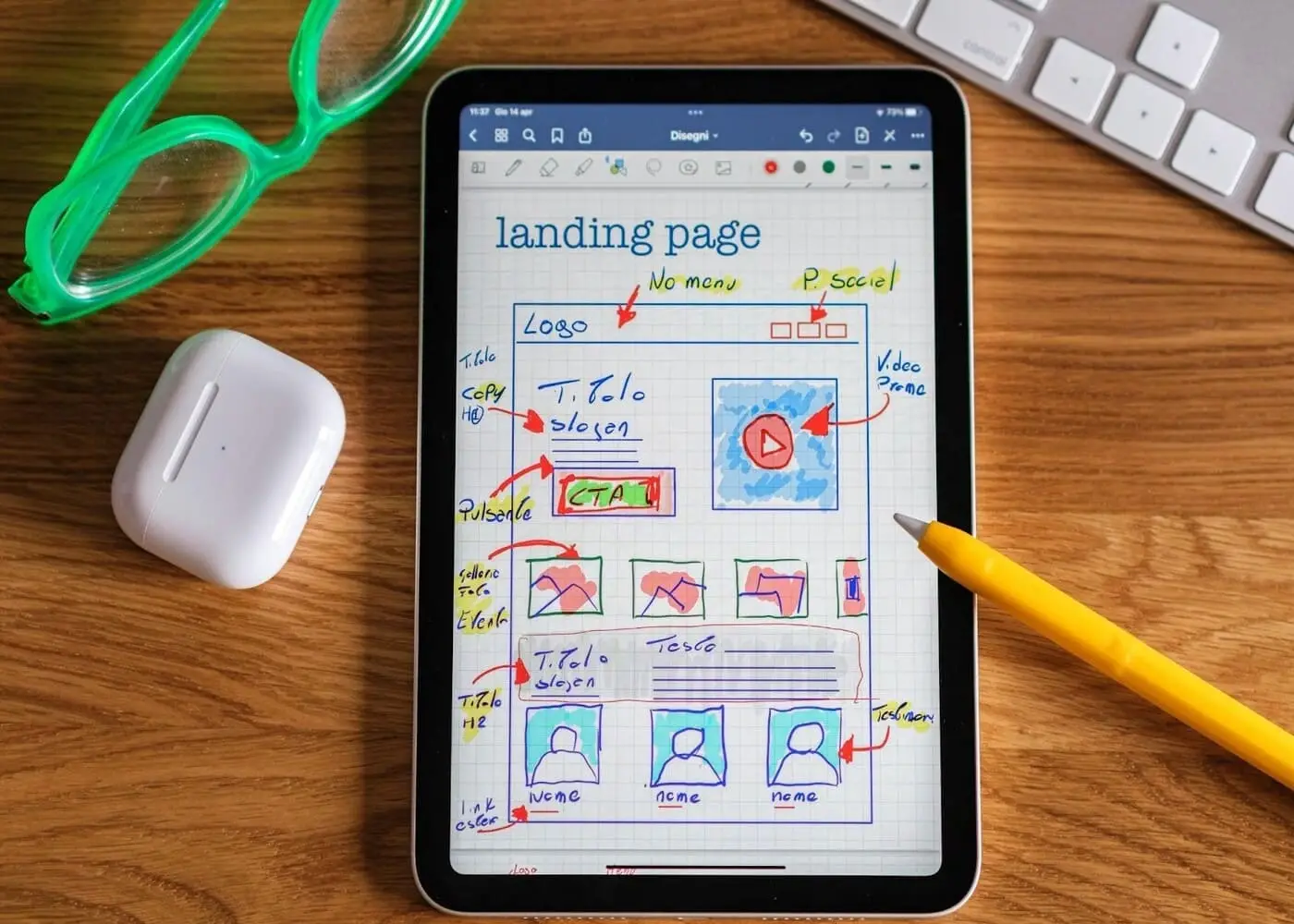Here's a shocking stat for you: users abandon 88% of web applications due to poor user experience. And if you've worked with as many SaaS design agencies as I have, you know that modals – those popup-style interfaces we all use – can either make or break your user experience. Let's get into how to make them work for you, not against you.
The Modal Moment: Why They Matter
Think of modals as digital doorways. Well-designed, and they smooth out the path for your users. Badly designed? They are those frustrating pop-up ads we all love to hate.
If your websites and ads and everything else is well-designed, research shows that you can improve your conversion rates by 40%. Big number? Hell, yes.
The Good, The Bad, and The Ugly
I am not going to anything in this section, but a story. Last month, a client came to us with a problem. Their drop-off rate had increased by 70%. Bad right? Who was to blame?
They were hitting users with five modals in the first two minutes.
Here's what actually works in SaaS UX design:
1. Time Your Modals Right
Don't ambush users the moment they land
Wait for meaningful triggers (like completing an action)
Studies show that contextual modals have 3x higher engagement rates
2. Keep It Simple, Seriously
50% of users abandon modals that take longer than 3 seconds to read
Use clear, action-oriented language
One modal, one purpose (yes, it's that simple)
3. Make Escape Easy
Remember that feeling when you can't close a popup? Don't do that to your users. Studies show that easily dismissible modals have 25% higher user satisfaction rates.
Real Talk: What Actually Works
Let's look at some numbers that matter:
• Modal forms with social proof increase conversions by 40%
• Single-question modals have an 88% completion rate
• Mobile-optimized modals see 2x higher engagement
Smart Modal Strategies
1. The Welcome Wagon
Instead of bombarding new users with feature tours, try this:
- Show one key feature every 2-3 sessions
- Use behavior triggers (they've completed X actions)
- Keep it under 30 seconds
2. The Feedback Loop
- Time feedback requests after positive interactions
- Keep questions focused (NPS scores get 30% more responses than open-ended questions)
- Always offer an escape hatch
3. The Update Announcer
- Use modals for major updates only
- Include visuals (increases retention by 65%)
- Make it scannable (users spend 5.59 seconds reading modals)
Mobile Matters (More Than Ever)
Here's something most SaaS design agencies won't tell you: 62% of B2B software access happens on mobile devices. Your modals need to work flawlessly on small screens. That means:
- Touch-friendly close buttons
- No horizontal scrolling
- Minimal form fields (completion rates drop 50% per additional field)
The Technical Stuff (Made Simple)
You don't need to be a tech wizard, but here are some must-haves:
- Keyboard accessibility (27% of users rely on it)
- Screen reader compatibility
- Performance optimization (modals should load in under 300ms)
Common Mistakes (And How to Avoid Them)
1. The Timing Trap
Don't show modals in the middle of important tasks. Users hate that more than Monday mornings.
2. The Content Overload
Keep it to 150 characters max. Users scan, they don't read.
3. The Mobile Mess
Test on real devices. Simulator testing misses 40% of issues.
Looking Ahead: Modal Trends for 2025
1. AI-Powered Timing
- Smart triggers based on user behavior
- Personalized content delivery
- Predictive assistance
2. Microinteractions**
- Subtle animations (increase engagement by 15%)
- Responsive feedback
- Progressive disclosure
Your Action Plan
Ready to transform your modal game? Start here:
1. Audit Your Current Modals
- Monitor completion rates
- Track time-to-close
- Monitor bounce rates
2. Implement Changes Gradually
- A/B test new designs
- Start with high-traffic pages
- Measure impact on core metrics
3. Keep Optimizing
- Collect user feedback
- Track performance metrics
- Iterate based on data
The Bottom Line
Great modal design is not about the trends, but about serving the user. Whether you're a SaaS design agency or working in-house, concentrate on creating experiences that will help users achieve their goals faster and more easily.
Remember: the best modal is often the one that users barely notice because it fits so naturally into their workflow. Start small, measure everything, and always put user needs first.
What's your experience with modal design? Have you found any particularly effective strategies? Let me know in the comments below – I'd love to hear your thoughts!

All Comment 3
Login to post a comment
No comments yet
Be the first to drop a comment